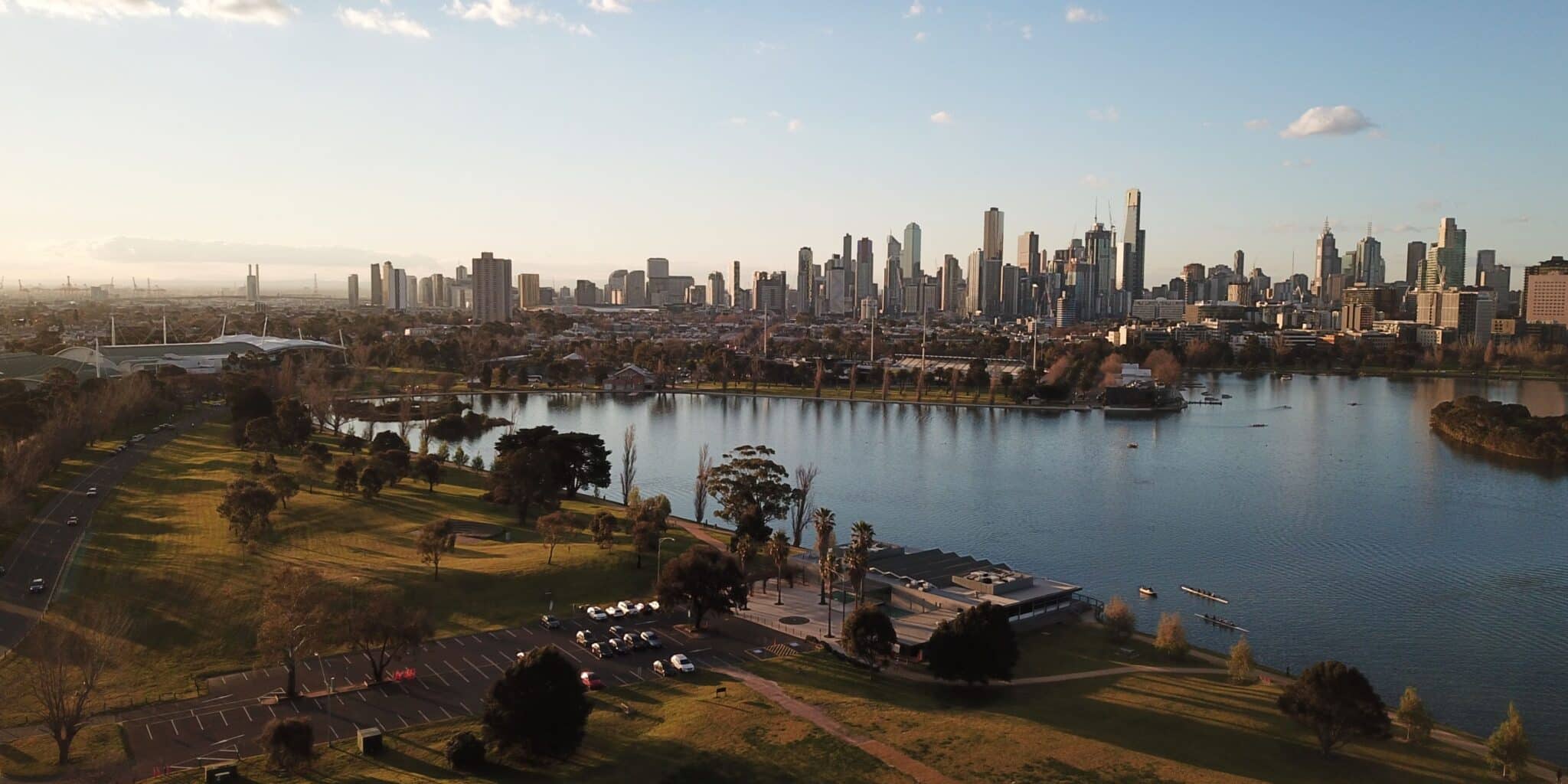Iota is part of a consortium scaling out one of Australia’s largest fleets of smart water meters for the Toowoomba Regional Council in Queensland.
How can councils implement smart water sustainability programs and actively engage consumers? By providing customers with more granular understanding of their water usage, they can better manage the consumption of this vital resource.
Earlier this year, a consortium led by Optus and including water innovation industry leaders Iota and GreenBe, was awarded the contract by the Toowoomba Regional Council (TRC) to scale out the successful pilot program to all 68,000 properties in Toowoomba.
Staged implementation of smart water meters
Over the next three years, Iota will supply more than 68,000 ultrasonic Cura™ digital meters that will deliver daily water consumption usage data and early detection of leaks for residents in the Toowoomba region. Iota’s Enterprise IoT platform – Lentic® will manage the smart meter fleet and incoming data so that the Council can action leak alarms, use the consumption data for billing and share it with residents.
“The smart water meter technology will give Council accurate data and improve early detection of leaks and breaks.”
Cr Rebecca Vonhoff
TRC Water and Waste Committee Chair
On average about 12 per cent of residents experienced a leak on their property. The largest leaks were referred to the Rates and Revenues Section of Council for immediate follow-up and investigation. “This suggested substantial improvements could be gained by giving approval for the smart water meters program to be rolled out more broadly,” Cr Vonhoff said.
“This is a significant shift from how we read water meters,” Vonhoff said. With this data we will be able to identify future leaks, which will help us save valuable water.”
Larger commercial meters will be retrofitted with an NB-IoT data logger from Iota, to enable water use and anomaly detection for business customers.
Iota supporting sustainability and smart water projects
“Toowoomba Regional Council is always looking and thinking about ways to improve things,” Vonhoff said. “I think the decision behind the smart water meters is to find water savings. We went through the proof-of-concept phase. Then there was a decision by the council when we looked at the results of that phase and decided to roll out the full program.”
Iota’s digital water solutions are unique as they are developed and tested at scale within its parent company South East Water. South East Water is a leader in digital metering for water with the largest rollout of meters in Australia and a pioneer in the integration of smart sensors into digital meters. The Lentic® platform and Iota’s expertise were key differentiators for the choice to select the consortium.
“Lentic® is best-in-breed globally. It is an enterprise IoT platform designed from the ground up for water including all of the proven use cases,” Iota’s CEO, Daniel Sullivan, said.
“It has been designed to help a modern water utility to scale with a focus on functionality that automates many of the activities associated with digital metering such as billing, meter exchange and leak notification. It’s been designed by a water utility for a water utility, so it does not require customisation.”
“Toowoomba Regional Council was impressed with what Lentic® could do for their requirements around digital metering, as well as how it can help the council transition into a digital utility as they embrace IoT and data. Seeing a water utility think beyond AMI metering towards being a digital utility is really encouraging,” said Sullivan.
He said the IoT platform has been integrated with the council’s various corporate systems, including Billing, Asset Management and Customer Relationship Management (CRM), and expects it to benefit the council and the regional community in ways that go beyond water metering.
“It’s challenging to make large and long-lasting investment decisions if you don’t have sufficient data. IoT connects you to your assets and network, but it’s also an interface with your customers so that you can understand and influence their behaviour. It provides utilities and customers with the tools and information to ensure we preserve the most precious natural resource.” Sullivan said.
Residents to play an active role in sustainability and water bill reduction
With the smart meter rollout, residents can set and monitor water usage targets through a web portal and app. Consortium partner GreenBe will use data from Lentic® to display consumption dashboards for customers and notifications when water usage goes beyond a certain threshold. This helps residents take more ownership of the role they can play within the Toowoomba Region.
Rebecca Vonhoff, Water and Waste Committee Chair Councillor at Toowoomba Regional Council; “The meters will provide close to real-time readings. Residents will be able to check their usage. They will be able to review their data which will make it easier to see which activities around the property are causing high water consumption. This will help to reduce the chance of residents receiving a surprise when they get their bill. If properties have an underground leak, the meters will also help with early detection.”
Smart water underpins a sustainable future
Once completed, the smart meters and vast volume of data generated will enable the Council to control the water network more efficiently, allowing them to allocate resources better, save precious water and provide cost savings to Council and residents. In future the data can be harnessed by the council for other use cases such as smart cities. For now, the transition from trial to a 68,000 smart meter rollout shows TRC is taking bold steps to secure its water and improve its residents’ customer experience. The decision to scale is also a demonstration of confidence in the consortium.
Iota will continue to work collaboratively with the Council and partners to help TRC transition to a digital utility and secure water for its community.
Written by Chris Edwards.
First published in Inside Water Magazine in August 2023
Image by Toowoomba Region used under Creative Commons Attribution License


